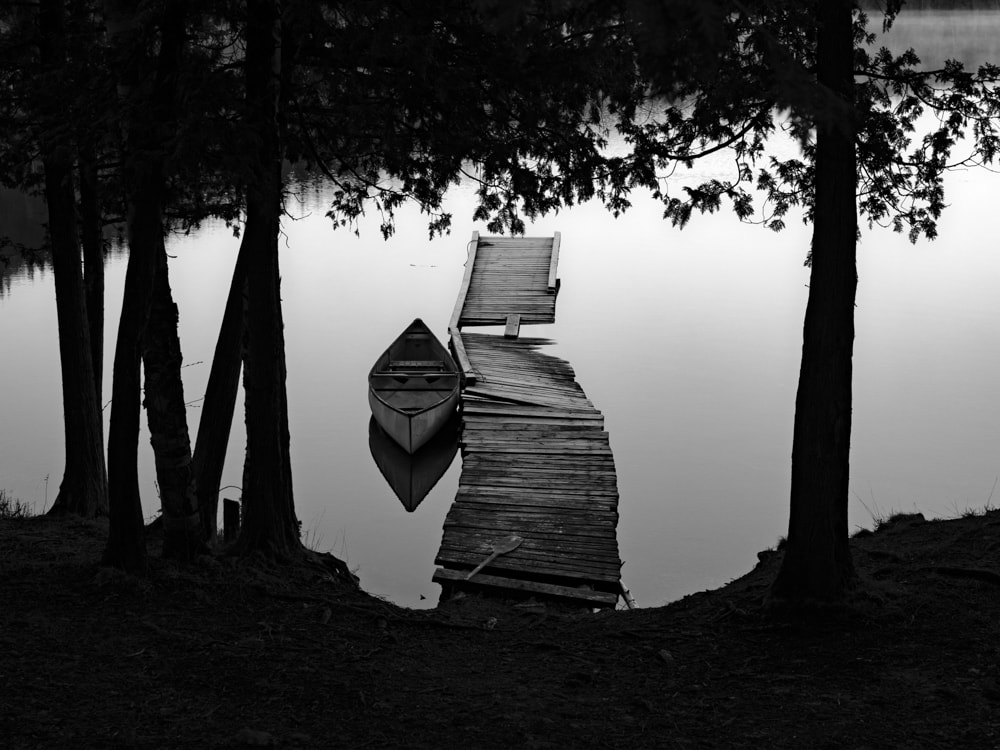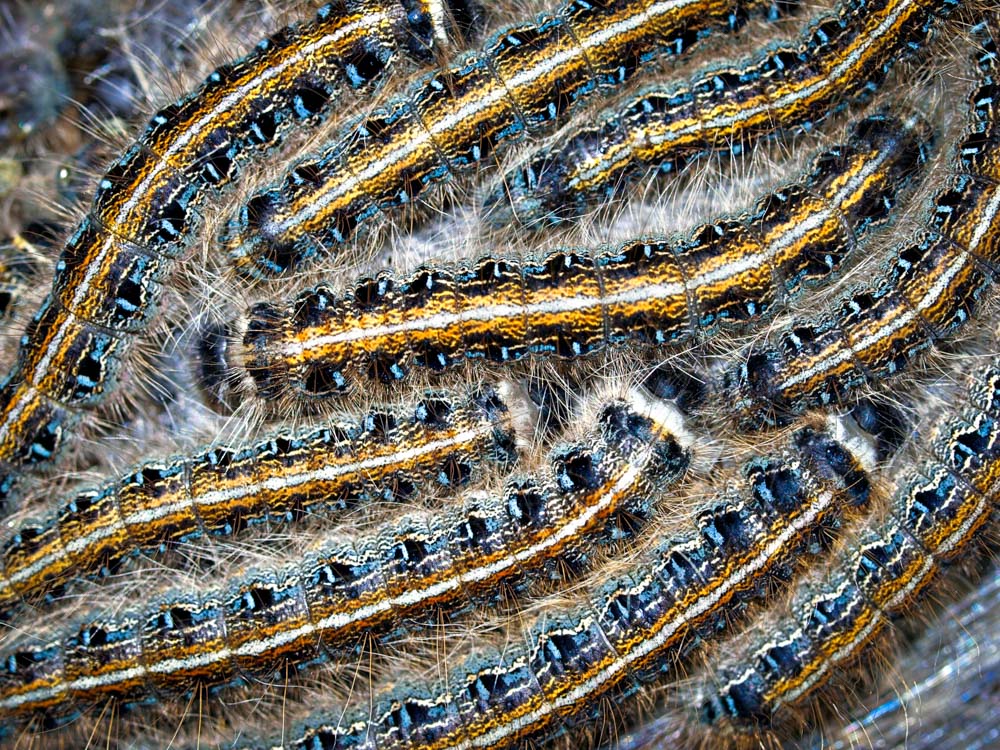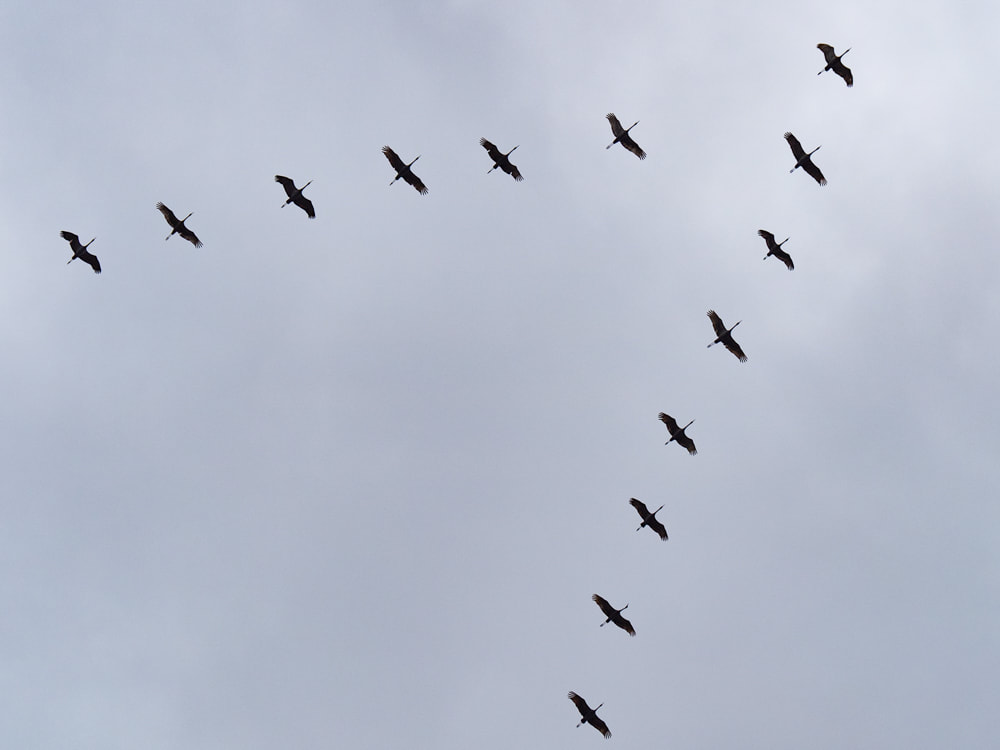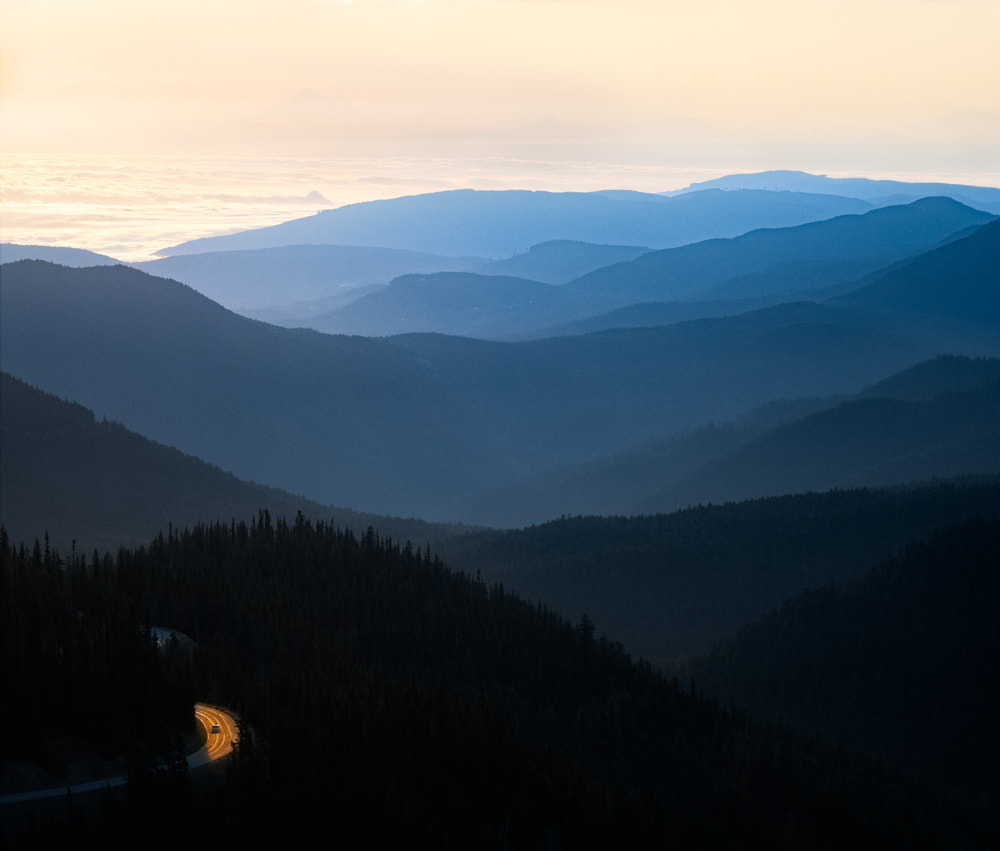|
As a photographer who primarily shoots landscapes I am often focused on the 'big picture'. Normally, I want the viewer to see the subject for what it literally is, a mountain scene, an autumn forest, or waves crashing on a rocky shoreline. My job is to present that scene in an artistically pleasing way using various compositional strategies. There are times however, when a small piece of that landscape catches my eye and I try to present it in a more abstract, rather than literal, way. 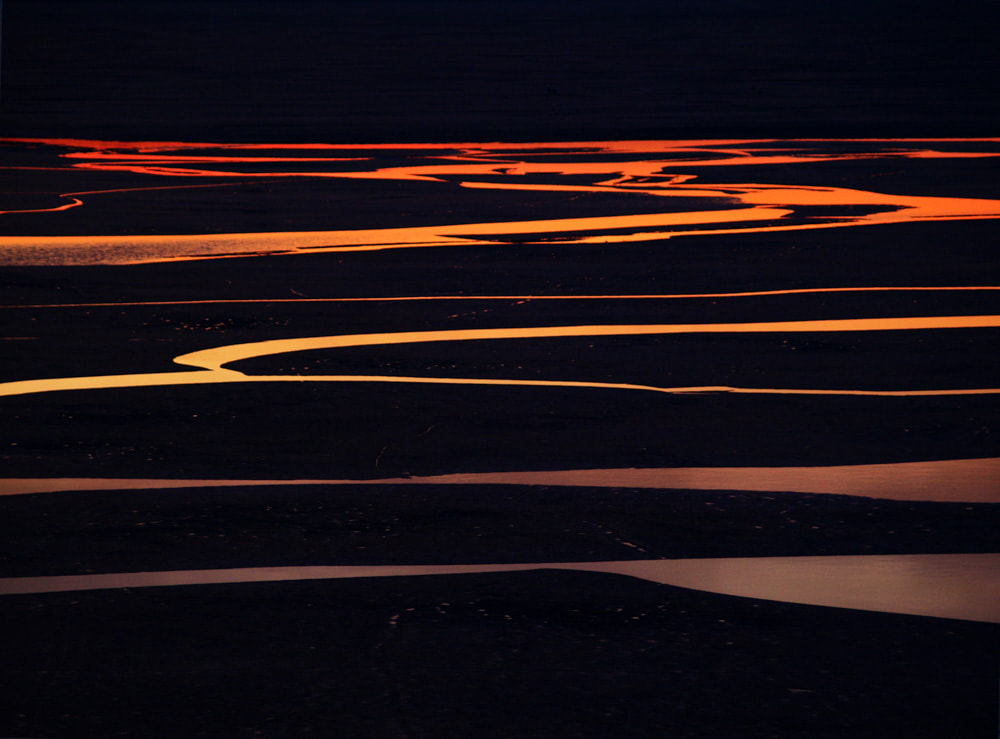 The strong linear elements and colour contrast pulled my attention from the 'big picture' that I was originally intending to shoot. Creating an abstract made for a more interesting image. Can you identify the 'literal' components in this shot? In some abstracts it's obvious and in others it is less so. (E-510, 40-150mm F3.5-4.5, ISO400, 1/6s, f/4.1) What is a Natural Abstract? By its strictest definition abstract art "does not depict objects in the natural world, but instead uses colour and form in a non-representational way." Well, as a nature photographer that definition is a bit rigid. It can be rather difficult to photograph objects in the natural world and have them completely lose all of their literal references. Even an abstract image involving a tree will likely still be recognizable as having been photographed using that tree. The challenge in abstract photography is to move from the literal presentation of the subjects in your image (trees, rocks, waves, etc.) to creating images that are more impressionistic. There are also degrees of abstraction. Some of the images in this article are more abstract than others. There are no strict rules. The goal is not to create a purely abstract image, but to create an aesthetically pleasing photograph that allows for greater interpretation by the viewer. It's about trying to see the real world in new and interesting ways. Use the Elements and Principles of Design Regardless of what you photograph, a good composition is going to involve one or more elements of design (line, shape, colour, form, texture, space) and at least one principle that dictates how those elements are put together (pattern, balance, contrast, unity, rhythm, emphasis, movement). In abstract photography those elements and principles take on more meaning than the actual subject you are shooting. Keep your eyes (and mind) open for how those elements present themselves in the natural world. In the photo below the rising tide was creating a circular shape that was 'eating away' at the shoreline. To my eye, the colour contrasts and shapes were more important than the actual subject matter. Tighten the Frame In the example above, I saw much more of the scene with the naked eye than what the photo presents. Had I used a wider field of view, the abstraction that I wanted to capture would have been lost. Including the sky, hillside and nearby buildings would have completely changed the look of the shot. By using a telephoto lens and tightening the frame I was able to create a simple abstract. This doesn't mean that using a longer lens automatically makes your final image a natural abstract, but it can help eliminate unwanted distractions that will pull focus away from the abstract elements that you are trying to capture. The same strategy applies when focusing in on smaller subjects. Getting in close can bring out parts of the whole that are easily overlooked. The pattern created by blades of grass, the shapes within an insect's wing, textures in a rocky surface - all of these can create interesting natural abstracts. Keep it Simple Simple compositions often work best. Abstract photography and minimalism are not the same thing, but a minimalist approach will usually create a more engaging and visually appealing photograph. An important skill for any photographer to develop is to look beyond the big picture and see the smaller pieces that make up the scene. I'm a firm believer that for every good photograph, what you leave out of the image is just as important as what you include. Always look for distracting elements in the frame and work to eliminate them. Light Changes Everything It's cliche to say that photography is all about the light, but that's what our cameras do, capture light. Colour, contrast, texture and form are greatly impacted by the intensity, temperature and direction of the light. Whether it is harsh or soft, it is important to pay attention to the quality of light as it hits your intended subject. As time changes, so does the light. Generally speaking, I find that the 'good' light that I'm seeking for my regular landscape shots works well for more abstract interpretations. That said, harsh sunlight or flat lighting, two types of lighting that I would normally avoid, can work quite well when photographing abstracts. Add a Bit of Water Next to light itself, water is the most dynamic element in nature photography. I've spent most of my lifetime living beside natural water sources and I regularly incorporate those lakes, rivers and wetlands into my images. Perfectly calm water can create some amazing reflections that add symmetry to the lines, patterns and forms of your abstract images. Small ripples and waves can make the light and reflections dance in interesting ways. Rapids, waterfalls, and larger waves can be used to document motion. And ice can form unusual shapes that change dramatically with the ever-changing light conditions. Move It! A painterly effect can be created using intentional camera movement. Although the literal subject becomes distorted, the abstract elements, especially line, form, colour and texture can be amplified. A shutter speed of 1/10 to 1/4s is usually ample. Just be sure to disengage the image stabilization in your body and/or lens as it will try to counteract your movements. Experiment with different motions and try softening the focus to create a dreamy effect. Going All the Way... Or Not Can your typical 'grand landscape' shot also be a true abstract image? Probably not, but that shouldn't stop you from including elements that add some abstraction to your photograph. Look for strong lines, patterns and shapes within your landscape compositions and make them the dominant focal point. In each of the examples below, cropping out the top third of the image would have created a strong abstract image. Focus bracketing was also used in each shot in order to emphasize the foreground elements. Not Quite Natural There are photography contests out there where your landscape image would be disqualified if there is anything in the shot that is noticeably touched by human hands - a building off in the distance, a trail winding through the frame, or a fence crossing a field. When it comes to abstracts however, human elements work beautifully. The regular geometry of what we construct can make for some interesting abstracts when thought is given to the overall composition. Urban environments can be a gold mine for the abstract photographer, but there are plenty of opportunities within a rural setting as well. Animal Abstracts I don't believe that I have ever headed out to photograph wildlife with the express purpose of creating an abstract. But there have been numerous times where the animal itself becomes less important in the composition than the design elements that I've framed in the viewfinder. Be open to capturing your living subject, or parts of it, in an impressionistic manner. Final Thoughts and Images
Very few nature photographers set off solely to shoot abstracts. I certainly don't. But I try to keep an open mind and see the potential beyond the literal subjects that are presented to me. Even if my goal is to capture a traditional landscape shot, I make a point to be aware of my surroundings and look for an interesting abstract within the scene in front of me. There have been a number of occasions in which the only photos I keep from a shooting session are the more impressionistic images. The rest just don't speak to me.
9 Comments
Martin J
10/19/2021 02:36:13 pm
Thank you so much for this very inspiring article. It shows me that 1) beauty can be anywhere around us, and 2) that any photo equipment will be able to capture those wonderful moments. The important thing is to see and simplify. Merci!
Reply
Peter Baumgarten
10/23/2021 09:01:50 am
Thanks, Martin. I'm so pleased that you found this article useful.
Reply
Gail Andrews
10/23/2021 09:16:22 am
Thank you Peter! Your insight, tips and expansive knowledge inspire me to look at the world differently. I photograph on a daily basis and see the small details, however your article has opened my eyes even further. Time to head out with my camera!! Thanks again
Reply
Liz Ross
10/23/2021 09:55:38 am
Wow, such amazing photography!
Reply
2/19/2023 04:34:36 pm
Then, practicing your technique can help you make and reach long-term goals.
Reply
2/19/2023 04:35:11 pm
Reduce the number of distractions while you're learning. Distractions can inhibit your ability to focus and develop any skills.
Reply
2/22/2023 12:39:01 am
Brooklyn Beauty Lounge features expert hair stylists and colorists, Picasso-like nail artists, cosmetologists and experienced technicians that know how to elevate your appearance. We provide a personal beauty experience for every guest. We invite you to explore and learn more about what Brooklyn Beauty Lounge can do for you.
Reply
4/14/2023 08:27:23 am
Great work man, you have posted a great post it will help people very much keep it doing more for people like that.
Reply
Leave a Reply. |
AuthorPeter Baumgarten is a professional photographer and educator. He is also an Olympus Visionary and NiSi Official Photographer. Categories
All
|

















